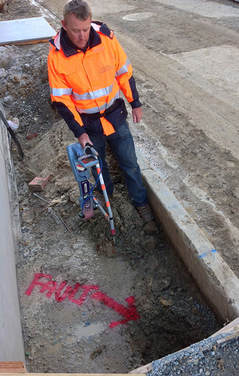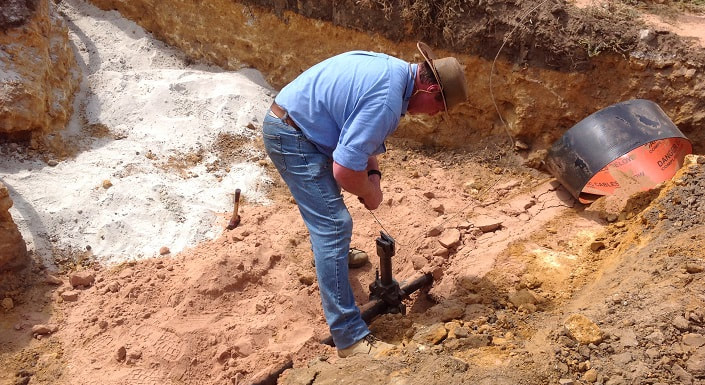 Underground cables provide a network of connecting power supply. However, as cables are buried underground, cable locating and fault finding is usually difficult. Moreover, cable systems are exposed to a lot of risks, which may lead to dangerous consequences. For instance, if cable systems are damaged, people digging the ground for utilities or property construction may suffer electrocution. Similarly, underground cable faults may happen because of the flood, excavators, and various other activities. In order to ensure uninterrupted and continuous power distribution, it is very important to detect underground cable faults in time and protect against cable faults. Tips to Protect Cable Systems against Underground Cable Faults Underground cable locating is the first and foremost challenge. Thereafter, it is possible to detect cable fault. The network of power cables under the ground includes switches, switch gear, and fuses housed together. The network of cables is contained in air insulated steel jars to prevent contaminants, wildlife, humans and other live parts from coming in contact. In addition, it reduced exposure to live parts. The process of assembling cables is called pad-mounted gear. It can be supervised either remotely or manually. Due to rising concerns over cable fault finding and locating, three common methods were coined to protect the cable system against major faults:
Tips to Protect Cable Systems from Physical Damage Underground cables have proper infrastructure and withstanding capacity. These cable networks are not vulnerable to environmental hazards or challenges. They are designed with the ability to protect and prevent corrosion, water ingress, and certain mechanical damage as well. However, in the event of extensive damage or challenging conditions, cables may suffer damage. Especially while digging trenches or executing property excavation work, there is a high risk of damage. Besides laying cable network deeper under the ground, some other precautionary measures should be taken to make sure it is safe. Different methods are used to provide protection to cables, which is highly influenced by the terrain, activity level, and voltage. Protection systems use various mechanisms such as:
Conclusion The underground cable network is the most convenient power distribution system in the urban areas where overhead cables cannot be used. For continuous service and ensure, underground cable systems should be protected against damage and cable fault conditions. Only proper protection ensures uninterrupted service and reduces the risk of personal injury and accidents. Author Bio: Jon Armstrong specialises in cable location and pipe scanning. He has several years of experience and expertise in utility location services. His exemplary service record makes him a recognized personality in the field of cable fault finding and utility services. Comments are closed.
|

 RSS Feed
RSS Feed
